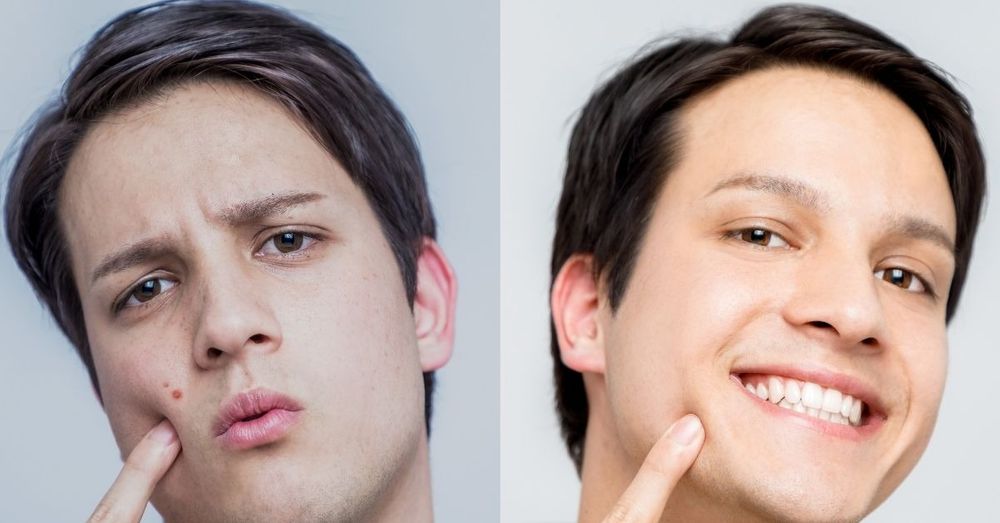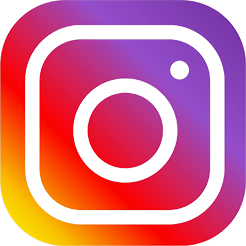Treatment For Pimples After Shaving
Pimples after shaving is a common skin condition caused by the shaved hair growing back as ingrown hair within the skin. It is common to see acne after shaving, which are harmless red bumps on the face caused by removing the hair.
Bumps on the face after shaving, commonly called razor bumps or after shave bumps, also known as pseudofolliculitis barbae, are ingrown hairs that develop after shaving or other hair removal methods. A few days after shaving, the newly growing hair sometimes may curl and turn inwards and get covered by a layer of skin cells that grow over the hair, and the hair gets trapped, causing a bump-like structure to form.
Naturally, any part of the body which is being shaved and has hair follicles can develop such bumps. If you shave frequently or are prone to razor bumps, they seem to be the inevitable side-effect of shaving.
Such pimples after shaving your face do not disappear instantly, but with a few simple steps and certain regular practices in your lifestyle, you can get rid of them faster while allowing the skin to heal and reduce its growth in the long run.
Here are some easy ways to reduce the growth of shave bumps on the face:
1. Gentle Facial Cleanser
A healthy-looking skin cannot be achieved overnight, so it is important to add a gentle facial cleanser for everyday use before shaving in a circular motion which helps clean the surface of the skin, clear the clogged pores, oil, and dirt, and prevent the formation of pimples after shaving your face.
2. Use of Warm Washcloth
Using a warm wet washcloth on the skin helps the skin to soften up and eases the process of drawing out of ingrown hair. Similarly, steaming of the face, a warm shower or Sauna before shaving the face also prevents pimples after shaving.
3. Use of Facial Exfoliator Scrubs and Brushes
Another healthy option for a clean, smooth face is to use skin softening brushes with moisturising shaving creams before shaving. You can also use exfoliating scrubs occasionally, which remove the dead skin cells and debris clogging the pores of our skin.
Rinse off the shaving cream or exfoliating scrub with warm water gently to avoid skin irritation and acne. Some people may have sensitive skin that reacts to facial exfoliating scrubs, causing irritation and inflammation. It is advisable to do a patch test before using it on the face as a beginner.
4. Use the Right Kind of Razor
Use a sharp single blade razor and shave slowly in the direction of the hair growth with short strokes and avoid overstretching of the skin. Remember to clean your blade, store it in a dry place, and change the blade every 5 to 7 days.
5. Cool Compress and Aftershave
After shaving, it is advised to use a clean washcloth by soaking it in cold water, placing it over the shaved area and leaving it for 5 to 6 minutes. This gives a skin-soothing effect and reduces skin inflammation and irritation. Use aftershaves that are specially formulated to reduce the risk of shaving bumps on the face and skin irritation.
6. Skincare Serums
Serums used for skincare typically contain glycolic acid and salicylic acid, which exfoliate the dead cells and penetrate the oil glands to unclog the pores, allowing the ingrown hair to make its way out of the pore. This helps reduce the chances of inflammation, razor bumps, and acne after shaving.
7. Tweeze the Hair Out
Pull out the visible ingrown hair using sterile tweezers and wash the surface with soap and water before tweezing. This sometimes wouldn’t be the best idea as you could injure your skin, causing more irritation and infection. Hence, you must take precautions while following this method.
Razor Bumps Versus Razor Burn
Razor bumps are the ingrown hair in the skin, whereas a razor burn happens due to skin irritation caused by the friction between the razor and the skin. It can be seen immediately after shaving as areas of redness, inflammation, and irritation. It is advised to use cold water or ice to soothe the skin and use aftershave to avoid skin infection.
Prevention Tips for Pimples After Shaving
There are many more methods that you can follow to prevent razor bumps.
- Avoid shaving unless necessary: Shaving every alternate day or as little as possible can help minimise the risk of razor bumps.
- Prepare properly before shaving: Using a combination of the aforementioned methods, a person can often get the best results.
- Use of electric razor or trimmer: This does not cut the hair at the skin level; instead, it is very close to the skin and leaves a few millimetres of hair near the skin surface, allowing very little chance of ingrown hair.
- Alternative methods: The use of hair removal techniques like laser hair removal, waxing, or hair removal creams helps eliminate the risk of razor bumps.
If the methods aggravate skin irritation conditions, seeking a dermatologist's opinion to treat the pimples after shaving the face is advisable.
References
- AAD, Hair Removal: How to Shave - https://www.aad.org/public/everyday-care/skin-care-basics/hair/how-to-shave
- Cleveland clinic, Want a Smooth, Safe Shave Every Time? Try These Tips - https://health.clevelandclinic.org/want-a-smooth-safe-shave-every-time-try-these-10-tips/








